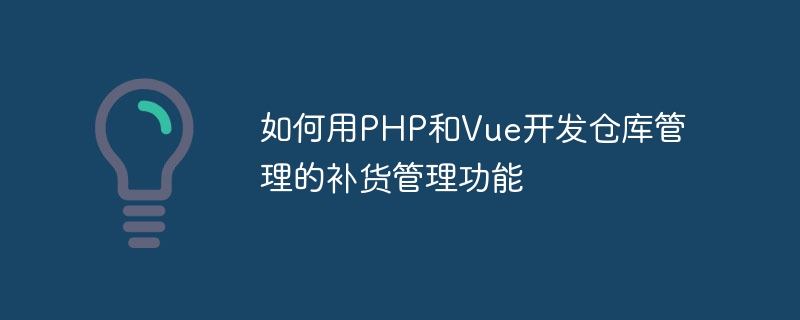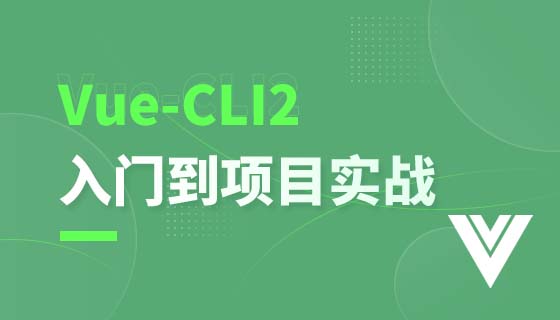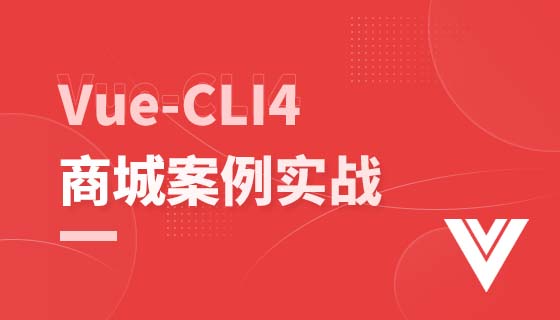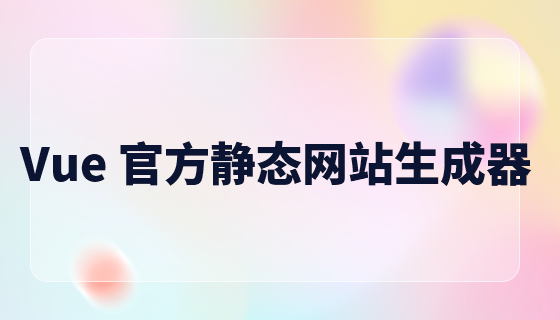
如何用PHP和Vue开发仓库管理的补货管理功能
在现代商业运作中,仓库管理是非常重要的环节之一。对于仓库来说,补货管理功能可以确保及时补充库存,以满足客户需求,并且避免物品短缺的情况发生。在本文中,我们将探讨如何使用PHP和Vue开发一个仓库管理系统的补货管理功能,并提供具体代码示例。
一、技术选型
为了实现补货管理功能,我们选择使用PHP作为后端语言,Vue作为前端框架。PHP是一种强大而灵活的后端开发语言,而Vue则是一种用于构建用户界面的渐进式JavaScript框架。通过这样的技术选型,我们可以轻松地实现前后端分离,并且使项目的开发更加高效和可维护。
立即学习“PHP免费学习笔记(深入)”;
二、后端开发
首先,我们需要搭建PHP的开发环境。可以使用XAMPP或WAMP等集成开发环境来搭建一个本地的PHP开发环境。确保你已经安装了PHP和数据库(如MySQL)。
在MySQL中创建一个名为"warehouse_management"的数据库,并创建两个表格:"products"和"replenishments"。"products"表格用于存储商品信息,而"replenishments"表格用于存储补货记录。
products表格的字段包括:id、name、quantity。
replenishments表格的字段包括:id、product_id、quantity、date。
在PHP中,我们可以使用PDO(PHP Data Objects)来与数据库进行交互。首先,我们需要创建一个连接到数据库的文件,例如db.php:
<?php
$servername = "localhost";
$username = "your_username";
$password = "your_password";
$dbname = "warehouse_management";
try {
$conn = new PDO("mysql:host=$servername;dbname=$dbname", $username, $password);
$conn->setAttribute(PDO::ATTR_ERRMODE, PDO::ERRMODE_EXCEPTION);
} catch(PDOException $e) {
echo "Connection failed: " . $e->getMessage();
}
?>然后,我们可以编写API来处理前端请求。例如,我们可以创建一个名为"getProducts.php"的文件来获取所有商品的信息:
<?php
require_once('db.php');
try {
$stmt = $conn->prepare("SELECT * FROM products");
$stmt->execute();
$results = $stmt->fetchAll(PDO::FETCH_ASSOC);
echo json_encode($results);
} catch(PDOException $e) {
echo "Error: " . $e->getMessage();
}
?>同样的,我们可以创建一个"addReplenishment.php"的文件来添加补货记录:
<?php
require_once('db.php');
$product_id = $_POST['product_id'];
$quantity = $_POST['quantity'];
try {
$stmt = $conn->prepare("INSERT INTO replenishments (product_id, quantity, date) VALUES (:product_id, :quantity, NOW())");
$stmt->bindParam(':product_id', $product_id);
$stmt->bindParam(':quantity', $quantity);
$stmt->execute();
echo "Replenishment added successfully";
} catch(PDOException $e) {
echo "Error: " . $e->getMessage();
}
?>三、前端开发
对于前端开发,我们需要安装Node.js以及Vue CLI。可以在Node.js的官网下载安装程序,并运行以下命令安装Vue CLI:
npm install -g @vue/cli
在命令行中,我们可以使用Vue CLI来创建一个Vue项目。例如,我们可以运行以下命令来创建一个名为"warehouse-management"的项目:
vue create warehouse-management
然后,我们可以选择一些选项来配置项目。在这个过程中,我们可以选择使用Babel和Router,并选择"Manually select features",然后按回车键继续。
在Vue项目中,我们可以使用Vue组件来构建用户界面。首先,我们需要创建一个用于显示商品列表的组件(ProductList.vue):
<template>
<div>
<h2>Product List</h2>
<table>
<thead>
<tr>
<th>ID</th>
<th>Name</th>
<th>Quantity</th>
</tr>
</thead>
<tbody>
<tr v-for="product in products" :key="product.id">
<td>{{ product.id }}</td>
<td>{{ product.name }}</td>
<td>{{ product.quantity }}</td>
</tr>
</tbody>
</table>
</div>
</template>
<script>
export default {
data() {
return {
products: []
};
},
mounted() {
this.getProducts();
},
methods: {
getProducts() {
fetch('http://localhost/api/getProducts.php')
.then(response => response.json())
.then(data => {
this.products = data;
});
}
}
};
</script>然后,我们可以创建一个用于添加补货记录的组件(AddReplenishment.vue):
<template>
<div>
<h2>Add Replenishment</h2>
<form @submit.prevent="addReplenishment">
<label for="product">Product:</label>
<select name="product" v-model="product_id">
<option v-for="product in products" :value="product.id" :key="product.id">{{ product.name }}</option>
</select>
<br>
<label for="quantity">Quantity:</label>
<input type="number" name="quantity" v-model="quantity" required>
<br>
<button type="submit">Add</button>
</form>
</div>
</template>
<script>
export default {
data() {
return {
products: [],
product_id: '',
quantity: ''
};
},
mounted() {
this.getProducts();
},
methods: {
getProducts() {
fetch('http://localhost/api/getProducts.php')
.then(response => response.json())
.then(data => {
this.products = data;
});
},
addReplenishment() {
fetch('http://localhost/api/addReplenishment.php', {
method: 'POST',
headers: {
'Content-Type': 'application/x-www-form-urlencoded'
},
body: `product_id=${this.product_id}&quantity=${this.quantity}`
})
.then(response => response.text())
.then(data => {
console.log(data);
// Refresh product list
this.getProducts();
// Reset form values
this.product_id = '';
this.quantity = '';
});
}
}
};
</script>最后,我们需要修改App.vue文件,以便集成ProductList和AddReplenishment组件:
<template>
<div id="app">
<ProductList />
<AddReplenishment />
</div>
</template>
<script>
import ProductList from './components/ProductList.vue';
import AddReplenishment from './components/AddReplenishment.vue';
export default {
name: 'App',
components: {
ProductList,
AddReplenishment
}
};
</script>至此,我们已经完成了基于PHP和Vue的仓库管理系统的补货管理功能的开发。
总结
在本文中,我们介绍了如何使用PHP和Vue开发一个仓库管理系统的补货管理功能。通过选择合适的技术,我们可以高效地开发一个可靠和易于维护的系统。希望本文能对您进行相关开发工作提供一些帮助。
以上就是如何用PHP和Vue开发仓库管理的补货管理功能的详细内容,更多请关注php中文网其它相关文章!

PHP怎么学习?PHP怎么入门?PHP在哪学?PHP怎么学才快?不用担心,这里为大家提供了PHP速学教程(入门到精通),有需要的小伙伴保存下载就能学习啦!




Copyright 2014-2025 https://www.php.cn/ All Rights Reserved | php.cn | 湘ICP备2023035733号